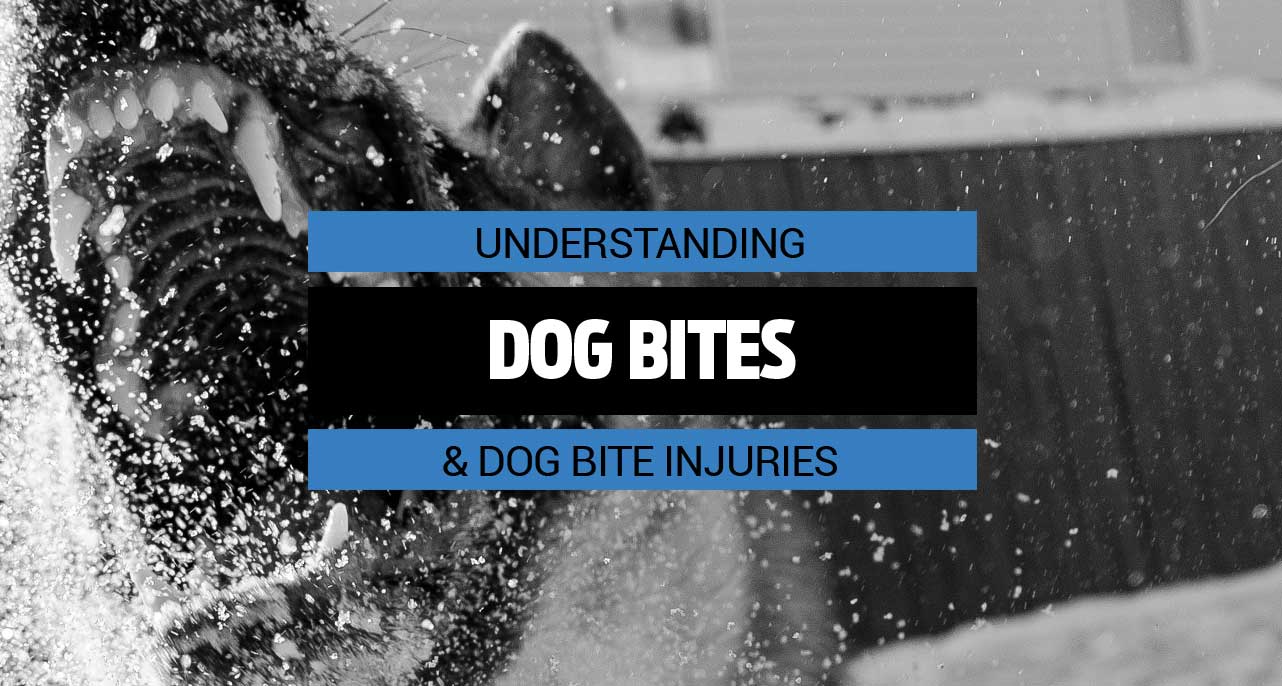
Dog bites are a significant public health concern, with an estimated 4.5 million people in the United States bitten by dogs each year. Children are particularly vulnerable to dog bites, with those under the age of 14 accounting for nearly half of all dog bite victims.
Approaching a Dog with Caution
When approaching a dog, it’s crucial to exercise caution and respect the animal’s boundaries. Here’s a step-by-step guide on how to approach a dog safely:
- Avoid Direct Eye Contact: Dogs often perceive direct eye contact as a threat. Instead, avert your gaze and maintain a calm demeanor.
- Move Slowly and Predictably: Sudden movements can startle a dog. Approach slowly and steadily, allowing the dog to observe your intentions.
- Ask Permission: If possible, seek permission from the dog’s owner before interacting with the animal.
- Let the Dog Sniff Your Hand: Extend your hand towards the dog’s nose, allowing it to sniff you. This allows the dog to become familiar with your scent and reduces the likelihood of aggression.
Recognizing Signs of an Impending Dog Attack
While dogs often give warning signs before attacking, it’s important to be aware of these cues to avoid escalating the situation. Here are some common signs that a dog may prepare to attack:
- Growling: Growling is a clear indication that a dog is feeling threatened or uncomfortable.
- Baring Teeth: Exposing teeth is a warning sign that a dog is preparing to bite.
- Pinned Back Ears: Flattening ears against the head is a sign of fear or aggression.
- Stiff Body Posture: A stiff body posture, especially with raised hackles (hairs along the back standing on end), is a warning signal.
Responding to a Dog Attack
If a dog attacks, it’s crucial to remain calm and take quick action to protect yourself. Here are steps to follow if a dog attacks:
- Avoid Screaming or Running: Screaming or running can trigger the dog’s prey instinct, making the situation worse.
- Protect Your Vital Areas: Cover your face and head with your hands, and curl up into a fetal position to protect your vital organs.
- Fight Back Only as a Last Resort: If the dog continues attacking, fight back with whatever means necessary to defend yourself.
Providing First Aid for Dog Bites
In the event of a dog bite, immediate first aid is essential to prevent infection and promote healing. Here’s how to provide first aid for a dog bite:
- Stop the Bleeding: Apply direct pressure to the wound with a clean cloth or bandage.
- Clean the Wound: Wash the wound thoroughly with soap and water.
- Prevent Infection: Apply an antibiotic ointment to the wound and cover it with a sterile bandage.
- Seek Medical Attention: Seek medical attention promptly, especially if the bite is deep or shows signs of infection.
Dog Bite Injury Lawsuit: Seeking Legal Assistance
If you have suffered a dog bite injury, seeking legal assistance from an experienced personal injury attorney can help you navigate the complexities of the legal process and obtain the compensation you deserve. The law firm of O’Connor Personal Injury has a proven track record of success in handling dog bite injury cases, ensuring that victims receive fair compensation for their injuries.
Contact O’Connor Personal Injury today for a free consultation and explore your legal options.
